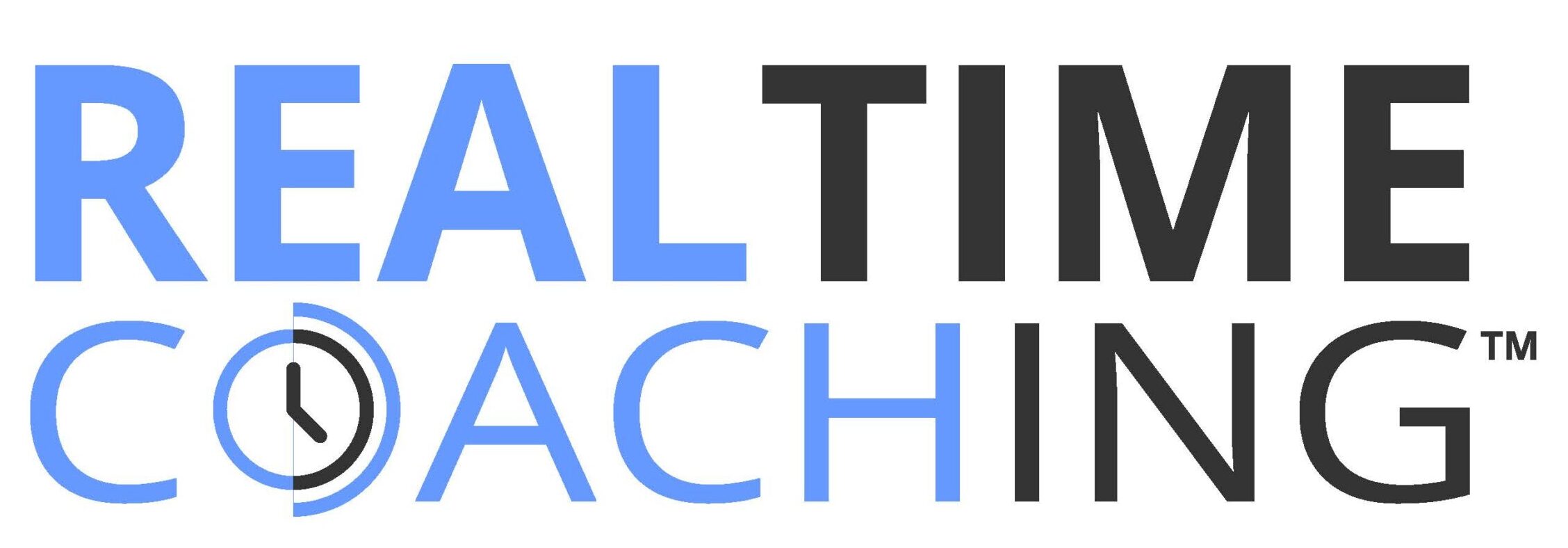Teams are made up of people. These people have roles such as players, staff, coaches, and others. In order for the individuals and the team to get what they want, they have to take action; we call this Doing. There are two types of Doing: Stats and Styles. Stats are the WHAT of your actions, they are your results and are usually measured by a Yes, a No, or a Number. Examples of stats are: Wins/Losses, new Revenue, and employee turnover. Stats can be found everywhere but each individual needs stats to know if they are doing a good job or not.
The other side of Doing is Styles. Every individual on a team has their own preference for HOW they communicate and HOW they get their “Stats” accomplished. This is their Doing “Style”. Don’t mistake Doing Style for “Personality Style”. Every individual’s personality is made up of far more characteristics than their “Doing Style”. Doing is observable behavior.
Have you ever noticed some people are super-competitive; others just want to have fun; others don’t really say much, and yet others seem to be very analytical. That’s because we all have our own natural style of HOW we communicate and get things done.
Some leaders use a “my way or the highway” communication approach. We call this “The Golden Rule” of communication because these people are leading or coaching others the way they prefer to be communicated with.
Ryan’s Sidenote: Worse than The Golden Rule is coaching others the way you used to be coached (not being yourself).
The best leaders are practicing “The Platinum Rule”: Communicating with others the way they prefer to be communicated with. The Platinum Rule only requires a small adjustment, not an overhaul of your own style.
It can take 3-6 months for you to realize your communication mistakes you are making with another person on your team. If you are in sports, in 6 months the season may be over. You must accelerate your communication time to effectiveness (TTE). Credit to Brent Patmos for the term TTE.
There are three levels when coaching to styles:
- Understand your own style
- Appreciate not everyone has the same style as you
- Adapt/tweak your style to others for better results
How to Identify Styles
If you are new to coaching styles, you may want to invest in a tool that measures styles. We recommend TTI Success Insights Style Insights tool. This tool provides options: 4 styles (basic), 8 styles (intermediate) and 12 styles (advanced).
If you want to do-it-yourself, there are two questions that will allow you to classify yourself and others into one of the four basic categories.
Question #1: Is the person more outgoing or reserved?
Question #2: Does the person focus on people-first or task-first?
Depending on your answers, you will get one of the following four categories:
- Outgoing/Task-First: This style is “Direct”. Direct styles enjoy challenges, tend to just talk “business”, and want to win.
- Outgoing/People-First: This style is “Outgoing”. Outgoing styles enjoy being with other people, are usually optimistic, and like to have fun.
- Reserved/People-First: This style is “Steady” or “Predictable”. Predictable styles are consistent, reliable, and loyal.
- Reserved/Task-First: This style is “Precise”. Precise styles are logical, analytical, and like things done the right way.
Case Study
You are the coach/leader of this 21-person team. You are using Lisk Associates and the TTI Style Insights tool to create a team wheel. Your style is Outgoing (yellow).

- Red dots = Direct styles
- Yellow dots = Outgoing styles
- Green dots = Predictable styles
- Blue dots = Precise styles
If you are practicing The Golden Rule, your natural style is resonating with the six other yellow players on the team (29%). Your natural style will not work as well with 71% of the team.
You may be saying things like:
- Trust me
- It’s going to all work out
- This will be fun
The yellow dots seem to get it.
The blue dots don’t seem to believe you (you lack stats/ scouting report).
The red dots just want to win (you lack a winning strategy/gameplan).
The green dots don’t seem to really care (you lack a playbook/process).
Lauren Sanderson from Colgate Volleyball got it when she told me, “I observed only 20% of volleyball athletes fit the “Michael Jordan” Direct profile, so you need to communicate with the other 80% differently than you may think.”
Thought-Starters
- On a scale of 1-10, how well do you know your style and the style of others on your team?
- How is your style helping you?
- What is your style costing you?
- What are you going to do to get buy-in from the other 70% of your team?
For strategies to improve your communication with others’ styles and advanced coaching to styles, reach out to me and let’s get started: [email protected]
